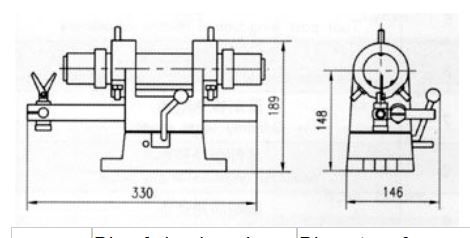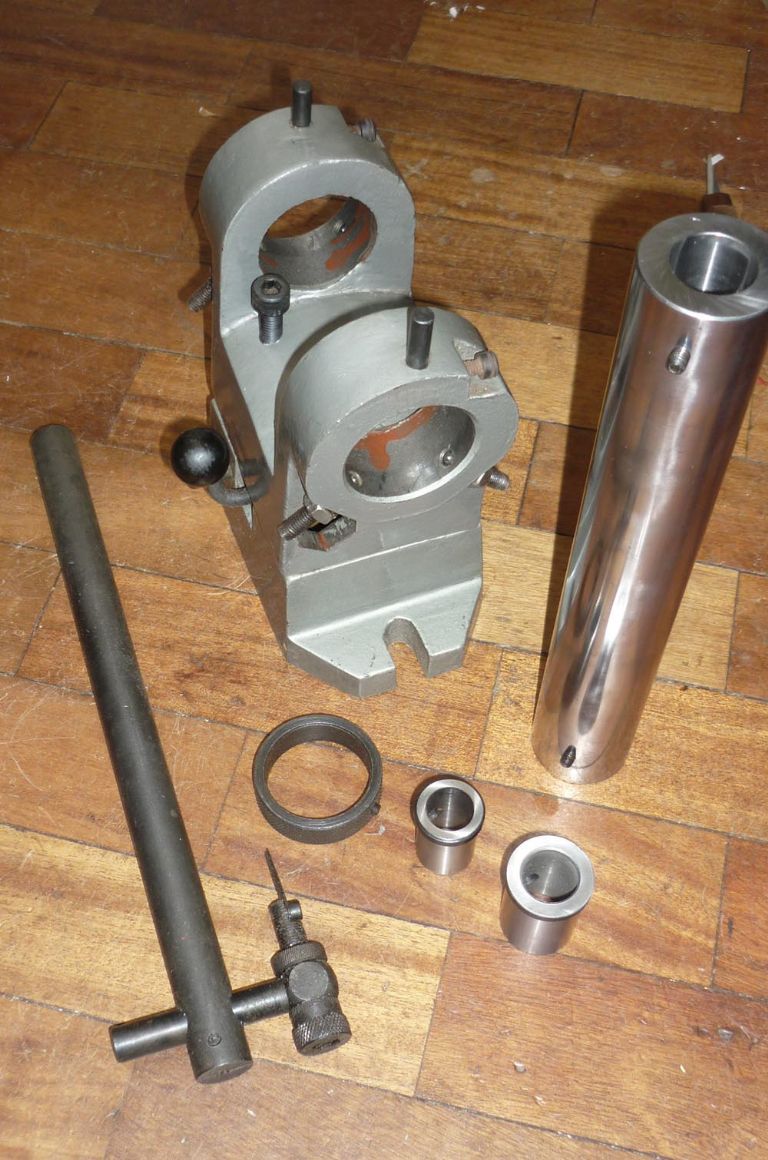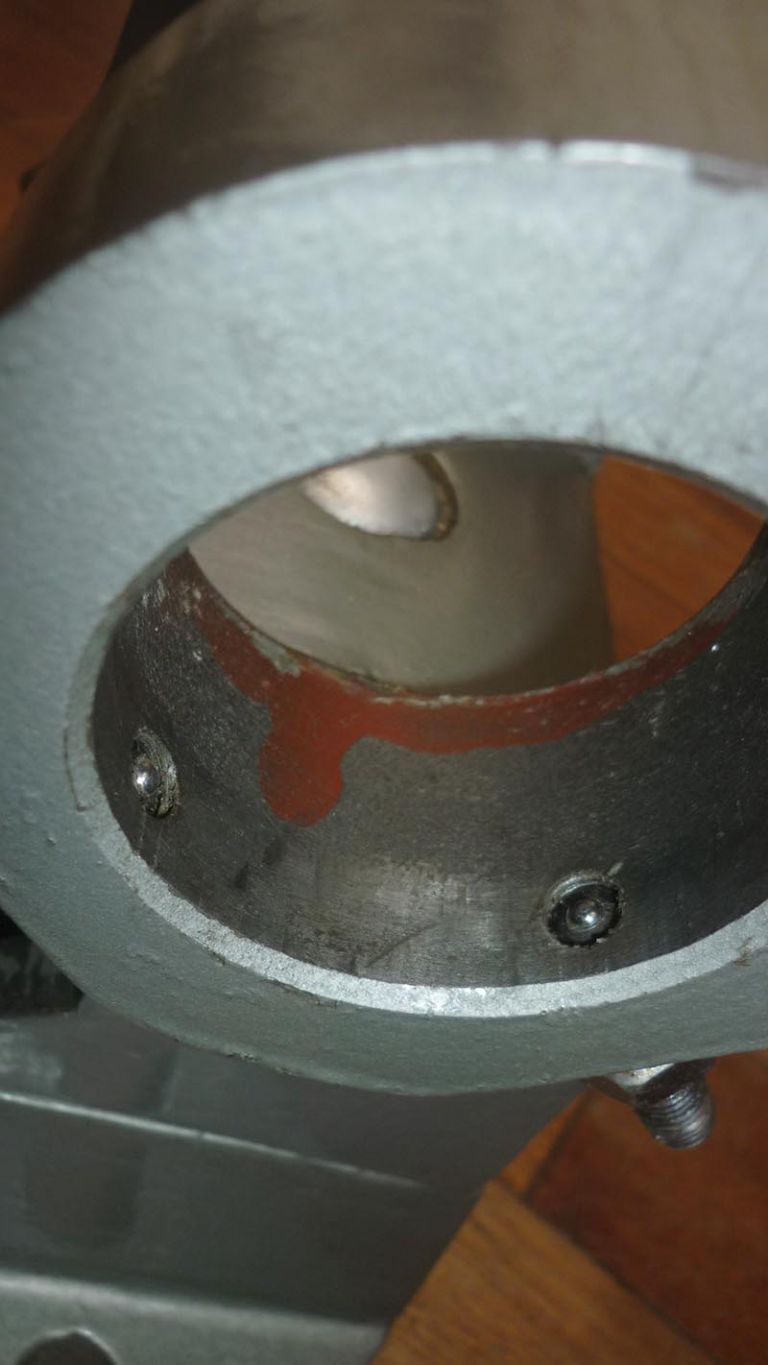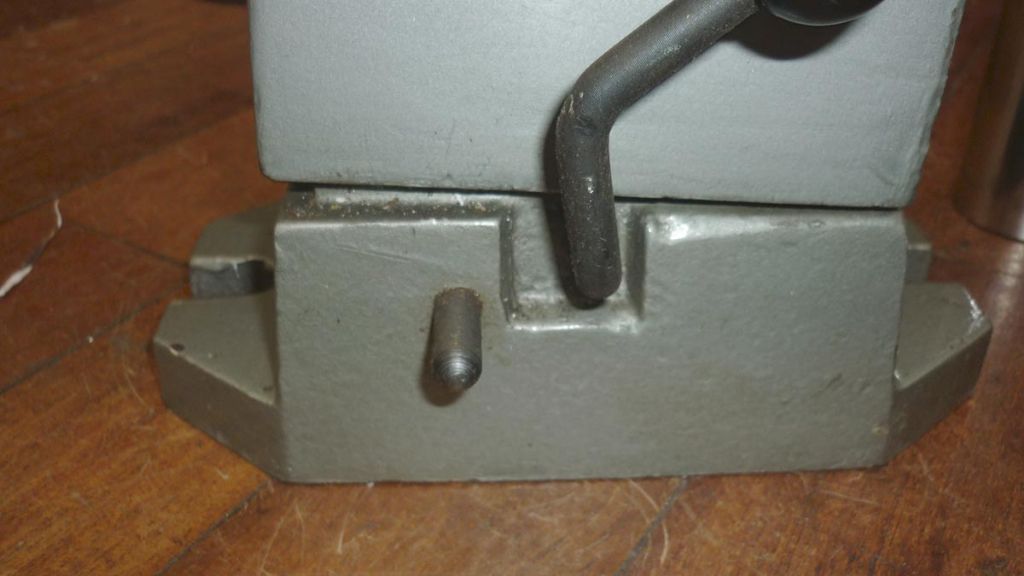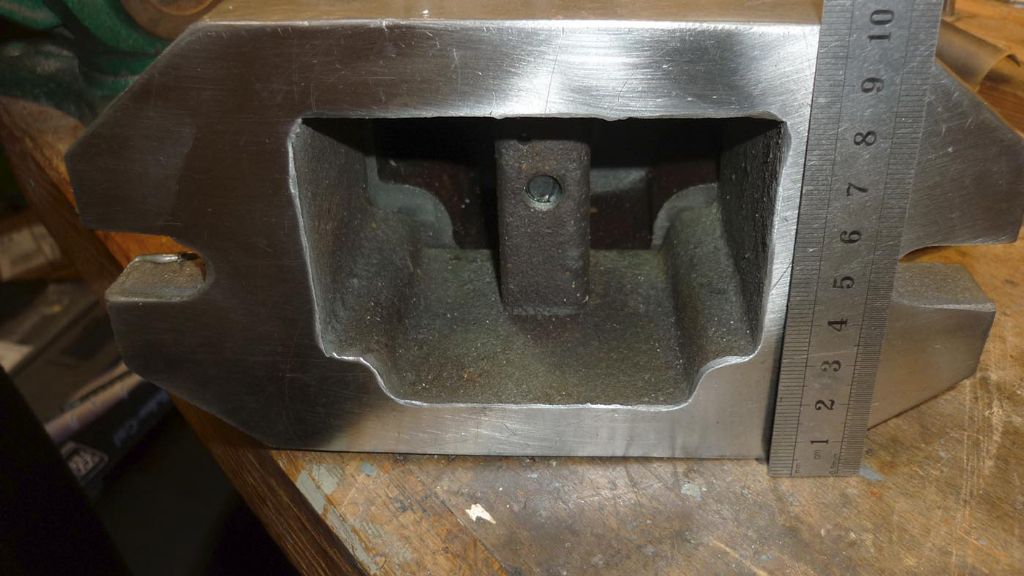MMM, by the time you look at welding the base together, with subsequent distortion issues, and cast iron welding being a bit tricky, and then line bore the holes to install bushings, and is that spindle hardened or suitable to remodel to fit your lathe chuck, it almost might be easier to build Harold Hall's dividing head out of some square pieces of flat plate bolted together.
On the other hand, if you can bolt and dowel the base together and put a super thin pair of bushings in place of those three screws each end, or simply turn up a new spindle with larger OD to run straight in the existing body holes you will be most of the way there with what you already have got.
Not sure about the Harrison gear. One inch thick is a lot more chunky than you need. And 14DP, you will have to calculate the pitch of the Acme thread to match it, and then then change gear compound train to cut it. Also, to get the right helix angle on the worm, it will have to be fairly large diameter.
Whereas, the standard Myford 20DP has been done plenty of times before with all the info readily available. Also the added diameter of the 14DP gear, circa 4 inches vs circa 3 inches for the 20DP, means the worm mechanism will be sticking out that much further from the spindle and body, which means it will be more in the way in use.
Also the wormwheel simply moves the spindle position; it is not used to transmit power so there is no gain in a bigger chunkier gear.
But hard to say without anything in your pics to give scale. Maybe a Harrison gear would be more in proportion to what you have already? Another possibility might be a 14DP gear from a Drummond lathe. They are only 5/8" wide so maybe a bit more suitable? They, like most but not all changegears are cast iron.
mark smith 20.



